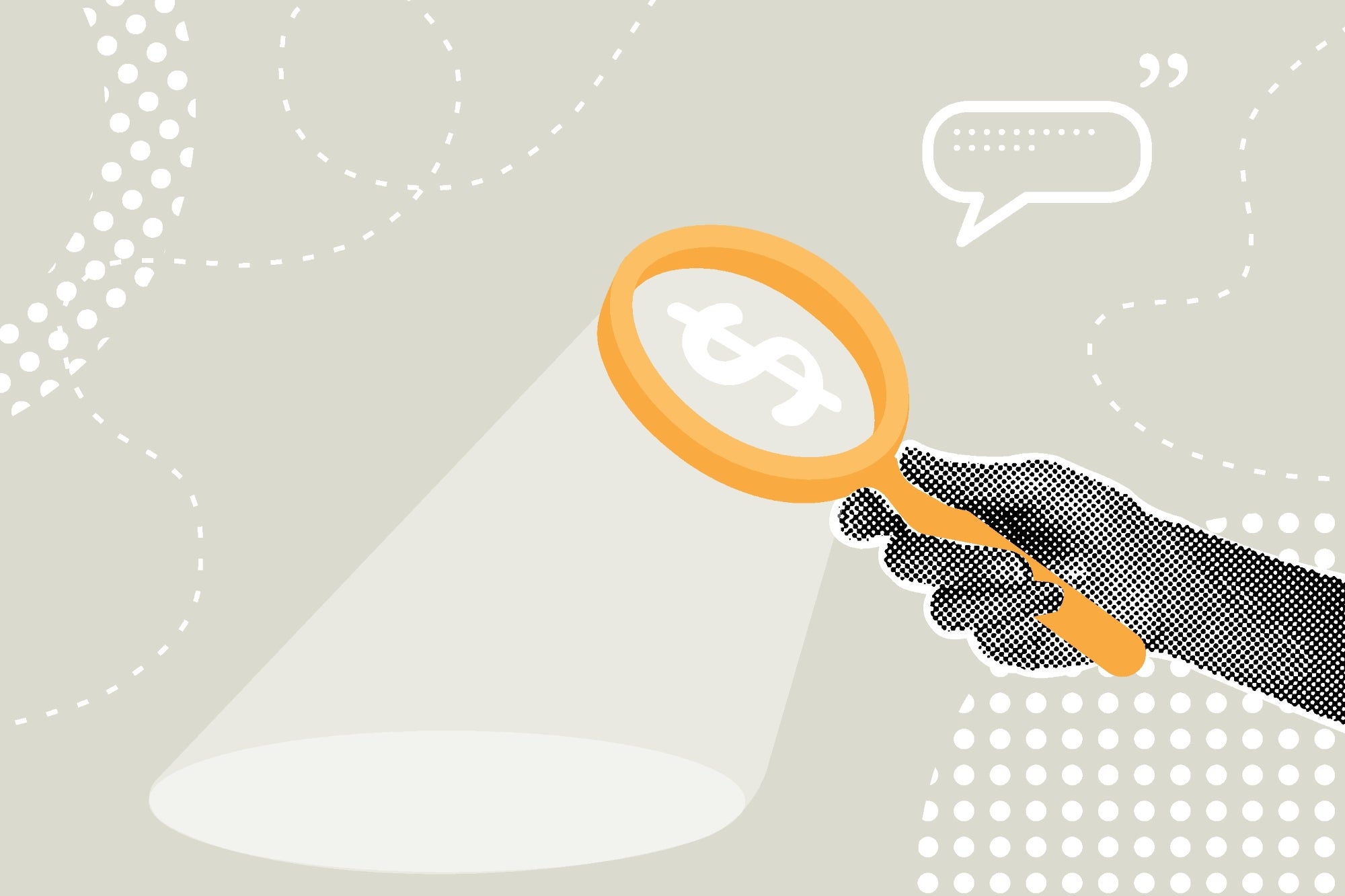Opinions expressed by Entrepreneur contributors are their own.
A long time ago, in the days when my startup was still in its infancy, I craved what I saw other entrepreneurs enjoying: Major, explosive growth. The kind that snatches headlines and earns thousands — no, millions — of shares on social media. The kind of growth that fuels conference panels and cocktail hour gossip.
Now? I am so glad my company never had that.
As scintillating as a big launch day story can be, there’s a hidden cost to going viral too soon. Think about it: How many companies have you seen rocket into the stratosphere like a firework, only to flame out just as quickly?
At my company, Jotform, we recently had a major launch. In the months since we released our new product, the outcome has been exactly as I’d wanted: a slow, steady climb in usage. Why would I want that over a viral hit? Let me explain.
Related: Startup Culture Prioritizes Scaling Fast — Here’s Why That’s Actually a Huge Mistake
The pitfalls of explosive growth
To answer why an entrepreneur would hope for anything less than a runaway smash, let’s look back on what happened to the exercise bike company Peloton during the pandemic, when usage surged. The company reacted by pushing its manufacturing capabilities beyond its limits, causing quality and customer satisfaction to take a hit. When the pandemic finally waned, the company was left with a bloated inventory and supply capacity it no longer needed.
SaaS companies don’t generally have the issues associated with producing physical products, but the problems are often similar: When usage skyrockets overnight, your systems get tested in ways they weren’t designed for. Support tickets pile up. Bugs get exposed in the worst possible ways — publicly, and all at once. Teams scramble, often abandoning longer-term thinking in favor of short-term firefighting.
Even worse, early users drawn in by hype might not be long-term customers, which means the feedback you’re acting on isn’t actually helpful. Too much growth, too quickly, decimates your ability to listen closely and refine your product in response to real needs.
Improving your product gradually
One of the most valuable things about slow growth is that it offers you the opportunity to improve your product. At Jotform, we released our AI agents and immediately got to work tweaking them based on the feedback we received. I know what we’re doing is working, because I’m watching their use increase over time.
Steady growth gives you space to iterate, not just react. I understand it can be difficult to resist the urge to meet demand, but I caution against rushing. Writing for Harvard Business Review, Gary P. Pisano explains that “good growth strategists do not fall into the trap of thinking they can grow fast now and fix things later. They recognize that more-measured growth over a sustained period will lead to much better financial results than explosive growth for a short period of time.” I completely agree — the “move fast and break things” ethos is a recipe for overwhelm and loss of trust.
A more disciplined approach lets you catch issues early, optimize systems before they’re overburdened, and prioritize features that truly matter to your core users, not just the loudest voices. In our case, it meant identifying which use cases were gaining traction and which needed further support, all without burning out the team or breaking what we’d built.
Related: Don’t Be Fooled By Overnight Success Stories — Building a Business Takes More Time Than You Think. Here’s How to Play the Long Game.
Learn about actual customer use
When growth is gradual, you get something far more valuable than vanity metrics: insight into how people actually use your product. Not how you hope they’ll use it or how they describe it in a survey, but real behavior, in real environments. At Jotform, one of our biggest discoveries after launching our AI agents was that usage wasn’t just happening inside our platform. It was happening on users’ own websites.
We started seeing thousands of daily views coming from embedded agents — far more than we initially expected. That told us that customers weren’t just experimenting with the tool; they were integrating it into their businesses. We saw custom buttons, branded interfaces and even AI agents connected to WhatsApp. These weren’t casual users — they were adapting our product to their needs in creative, sometimes surprising ways. This information has been instrumental in helping us chart our path forward from here.
Building for the long-term
When you grow slowly, you don’t just learn more — you build better. You’re able to lay a strong foundation that can support future scaling, instead of racing to patch things together after the fact. At Jotform, that meant making smart decisions about infrastructure, support systems and product design based on real patterns rather than assumptions.
It also meant giving our team the time to build sustainably, without chaos. When the next wave of users arrives — and it will — we’ll be ready, not scrambling, because growth that lasts isn’t about the moment or the initial hype. It’s about what happens in the months and years that follow.
A long time ago, in the days when my startup was still in its infancy, I craved what I saw other entrepreneurs enjoying: Major, explosive growth. The kind that snatches headlines and earns thousands — no, millions — of shares on social media. The kind of growth that fuels conference panels and cocktail hour gossip.
Now? I am so glad my company never had that.
As scintillating as a big launch day story can be, there’s a hidden cost to going viral too soon. Think about it: How many companies have you seen rocket into the stratosphere like a firework, only to flame out just as quickly?
The rest of this article is locked.
Join Entrepreneur+ today for access.







